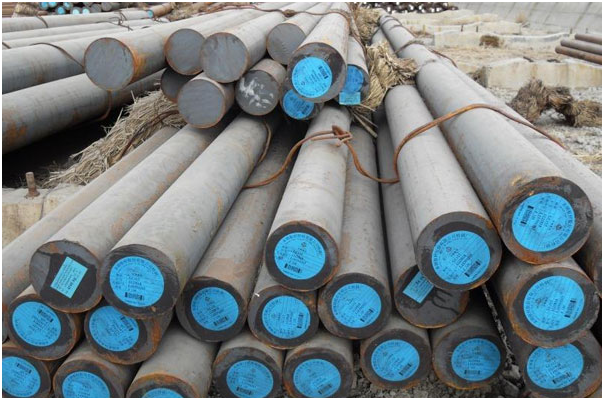Grade: 20 steel
Standard: GB/T 699-1999characteristics
Intensity is a little higher than 15 steel, rarely quenching, no temper brittleness cold deformation plasticity high general for bending calender flanging and hammer processing, such as arch arc welding and resistance welding good welding performance, welding when the thickness is small, strict appearance or shape of complex parts prone to crack on cutting machining state of cold drawn or normalizing annealing condition good generally used in the manufacture of force is not big and high toughness.
The steel belongs to high quality low-carbon carbon steel, cold extrusion carburized hardening steel, the steel has low strength, good toughness, plasticity and weldability, tensile strength of 355-500mpa, elongation rate of 24%.
Normalizing can promote the spheroidization of the steel, refine the large block proeutectoid ferrite, and improve the cutting performance of blanks less than 160HBS.
The technological route of the steel die parts is: the casting forging die blank annealing machinery rough machining cold extrusion molding recrystallization annealing machinery fine machining carburizing quenching tempering grinding polishing assembly.
Chemical Composition
C: 0.17% ~ 0.24%
Si: 0.17% ~ 0.37%
Mn: 0.35% ~ 0.65%
S: 0.035%
P: 0.035%
Cr: 0.25%
Ni: 0.25%
Cu: 0.25
Mechanical Properties
Tensile strength B (MPa): ≥410(42)
Yield strength S (MPa): ≥245(25)
Elongation 5 (%): ≥25
A reduction of area bits (%): 55 or more
Hardness: not heat treated ≤ 156HB
Sample size: Sample size: 25mm
Other Information
Heat treatment specification: normalizing, 910℃, air cooling.
Metallographic structure: ferrite + pearlite.
Heat treatment of steel 20 and quenching hardness of steel no. 20:
Heat treatment of 20 steel: For 20 steel, it is possible to achieve the normal quenching hardness of 30-35HRC. Because the heating temperature is higher, the quenching deformation is larger.
View:
1. After rough machining, the workpiece is quenched as a whole by heat treatment (920℃ quenched brine), and then processed. Due to the hardness requirements of 30-35HRC, all processes should be able to process, nothing more than fine inside and outside the car circle, repair keyway.
2. Same rough machining, inner hole surface quenching or only table quenching keyway (depending on the size of the workpiece), and finally finishing.
3. Carburizing and quenching, grinding the inner hole and keyway.
The process flow is the second, third and most.
● Delivery state: delivery in a state of no heat treatment or heat treatment (annealing, normalizing or high temperature tempering). The delivery in the condition of heat treatment shall be indicated in the contract. If it is not indicated, the delivery shall be made without heat treatment.
Media Contact
Company Name: Shanxi Donghuang Wind Power Flange Manufacturing Co.,Ltd.
Contact Person: Media Relations
Email: Send Email
Phone: +86-21-52859349
Address:Rm 1101-1104 BLD.2, Lane 789 Tianzhu Rd
City: Shanghai 201821
State: Jiading
Country: China
Website: https://www.shdhforging.com/
